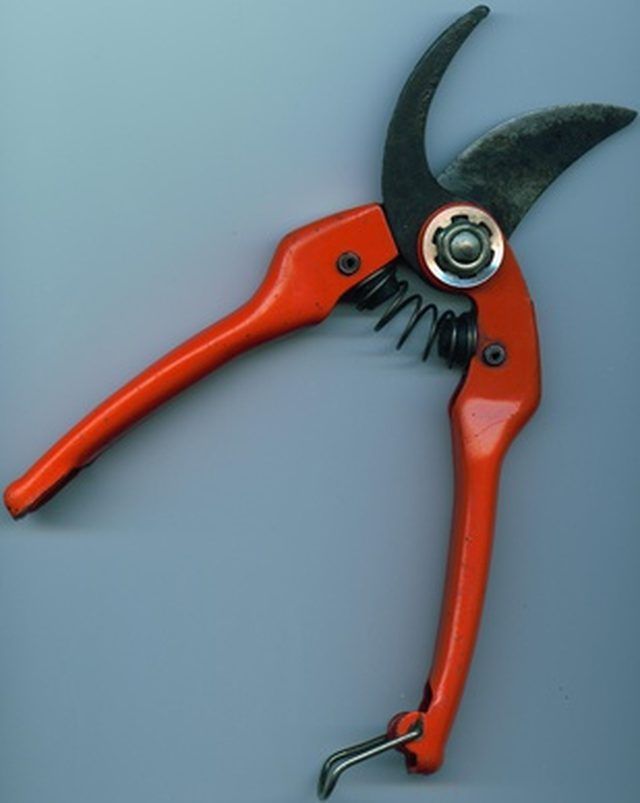Bulbs
Flower Basics
Flower Beds & Specialty Gardens
Flower Garden
Garden Furniture
Garden Gnomes
Garden Seeds
Garden Sheds
Garden Statues
Garden Tools & Supplies
Gardening Basics
Green & Organic
Groundcovers & Vines
Growing Annuals
Growing Basil
Growing Beans
Growing Berries
Growing Blueberries
Growing Cactus
Growing Corn
Growing Cotton
Growing Edibles
Growing Flowers
Growing Garlic
Growing Grapes
Growing Grass
Growing Herbs
Growing Jasmine
Growing Mint
Growing Mushrooms
Orchids
Growing Peanuts
Growing Perennials
Growing Plants
Growing Rosemary
Growing Roses
Growing Strawberries
Growing Sunflowers
Growing Thyme
Growing Tomatoes
Growing Tulips
Growing Vegetables
Herb Basics
Herb Garden
Indoor Growing
Landscaping Basics
Landscaping Patios
Landscaping Plants
Landscaping Shrubs
Landscaping Trees
Landscaping Walks & Pathways
Lawn Basics
Lawn Maintenance
Lawn Mowers
Lawn Ornaments
Lawn Planting
Lawn Tools
Outdoor Growing
Overall Landscape Planning
Pests, Weeds & Problems
Plant Basics
Rock Garden
Rose Garden
Shrubs
Soil
Specialty Gardens
Trees
Vegetable Garden
Yard Maintenance
How to Propagate Desert Willow
How to Propagate Desert Willow. The desert willow (Chilopsis linearis) is a deciduous shrub-like tree that grows up to 30 feet tall with funnel-shaped flowers. The flowers are dark pink or purple and 1 to 1 ½ inches long. The desert willow likes sunny, dry conditions and blooms from April until September. Two main methods of propagating...

The desert willow (Chilopsis linearis) is a deciduous shrub-like tree that grows up to 30 feet tall with funnel-shaped flowers. The flowers are dark pink or purple and 1 to 1 ? inches long. The desert willow likes sunny, dry conditions and blooms from April until September. Two main methods of propagating desert willows exist, either by seed or by cuttings, although the latter method is the only way to produce a clone of the parent desert willow plant. You can take softwood cuttings from the current year's growth in late summer or take hardwood cuttings from dormant wood during the winter.
Things You'll Need
Planter pots
Peat moss
Coarse sand
Organic compost
Water spray bottle
Sharp knife or pruning shears
Rooting hormone
Vinegar (optional)
Propagate By Seed
Harvest the seeds from the desert willow in late summer or early fall, when the pods dry and turn brown but before the seed pods split. Gather the seed pods and split them open to remove the feathery seeds inside.
Sow the desert willow seeds shallowly in a small planter pot filled with 1/3 each peat moss, coarse sand and organic compost. Space the seeds 1 or 2 inches apart.
Set the planter pot in full sunlight. Spray the potting mixture once every day with water to keep it moist.
Remove all but the one or two strongest seedlings when the seeds germinate and begin to sprout. When the seedlings are about 6 inches tall, water them only when the potting mix dries out.
Propagate By Cuttings
Cut off a healthy, 6- to 12-inch-long stem from the desert willow that has at least two or three nodes or buds. Make a clean cut with a knife or sharp pruning shears.
Strip all but one or two leaves from the cutting and remove any flowers. Dip the severed end of the cutting into a rooting hormone.
Insert the severed end of the cutting into a 6-inch planter pot filled with a sandy potting medium, such as a mixture of one part coarse sand and one part organic compost or peat moss. Insert the stem just deep enough so that it can stand up on its own.
Place the cutting in full sunlight. Mist the cutting about three times every day with a water spray bottle until the roots begin to grow and new leaves emerge.
Tips & Warnings
To increase your odds of successful seed germination, plant the seeds immediately after harvesting them. Also, you can pretreat the seeds before planting them by soaking the seeds in a weak solution of vinegar and water overnight.
Don't over-water your desert willow, because it is extremely susceptible to root rot. The desert willow needs well-draining and intermittently dry soil.